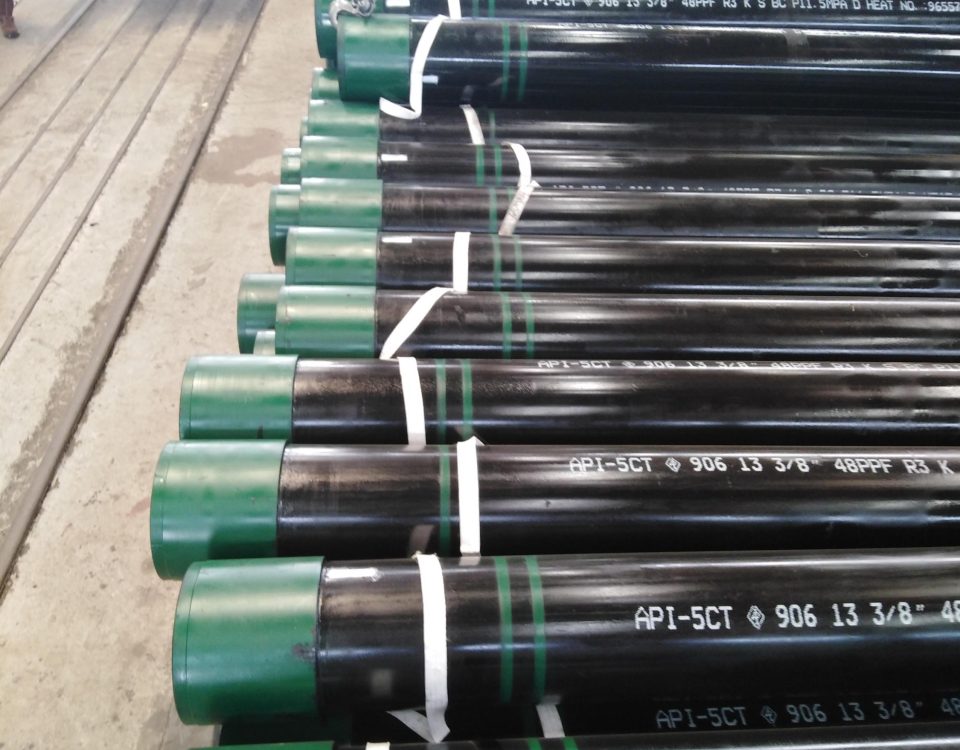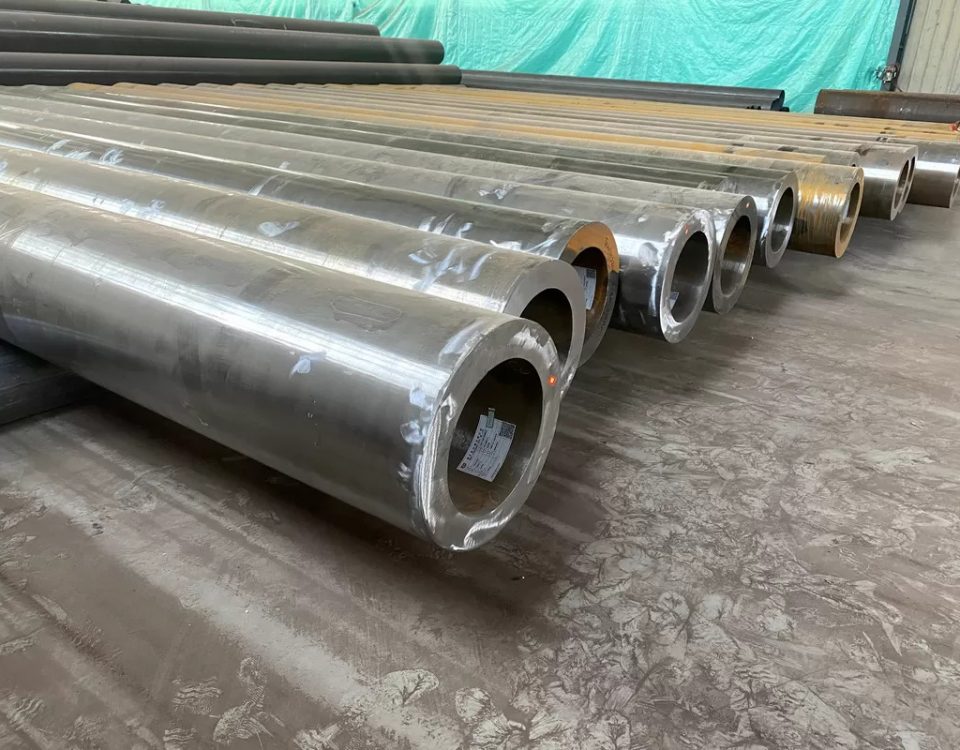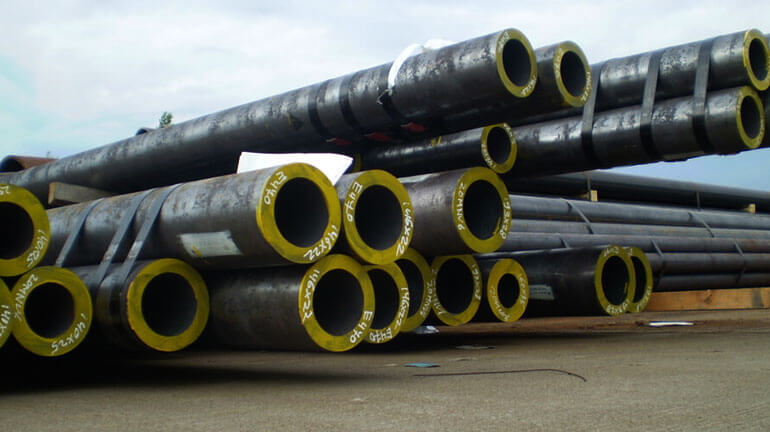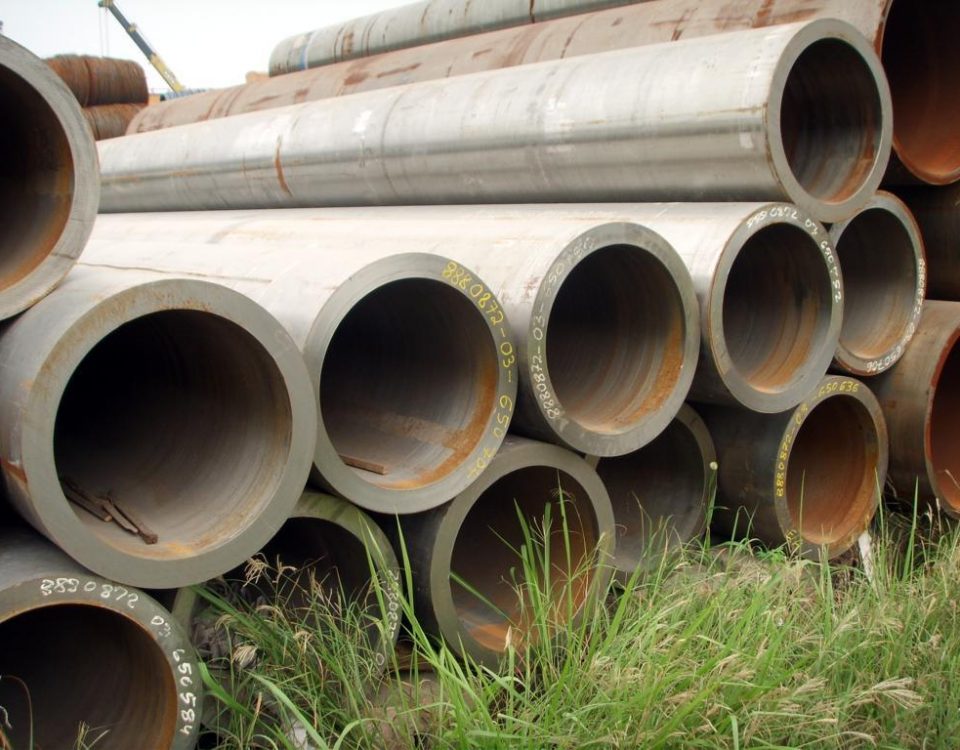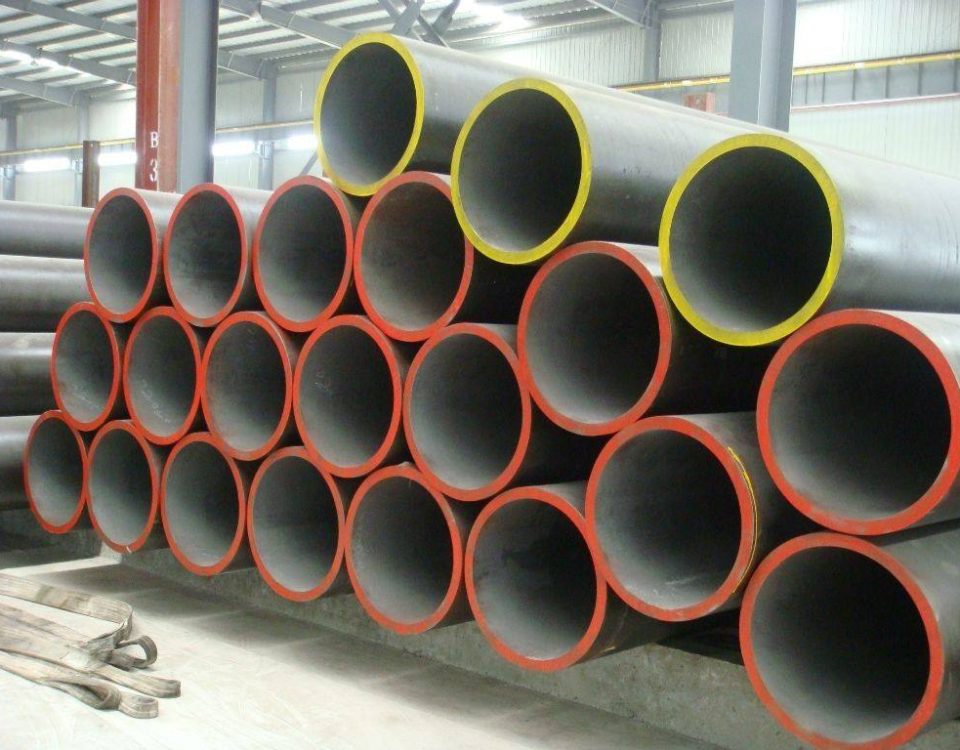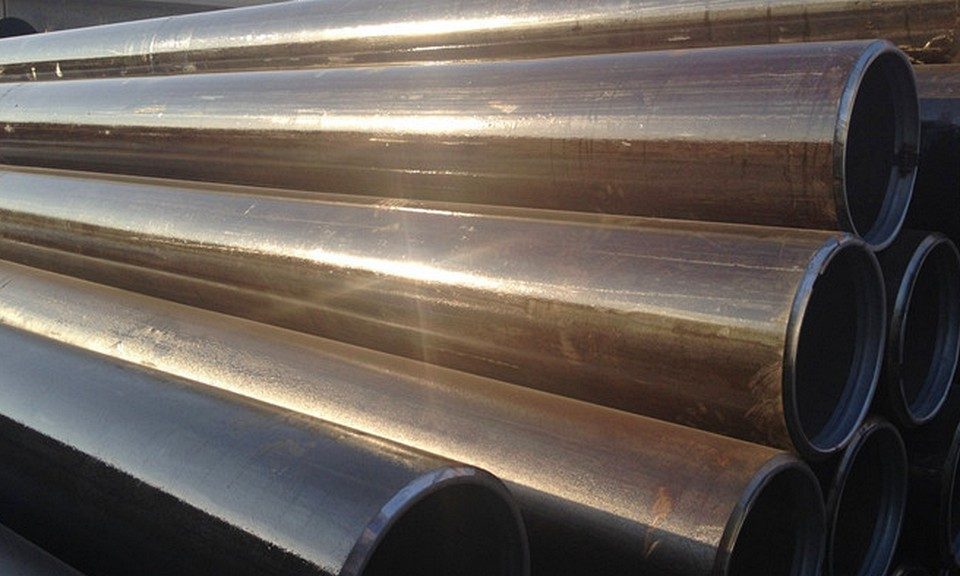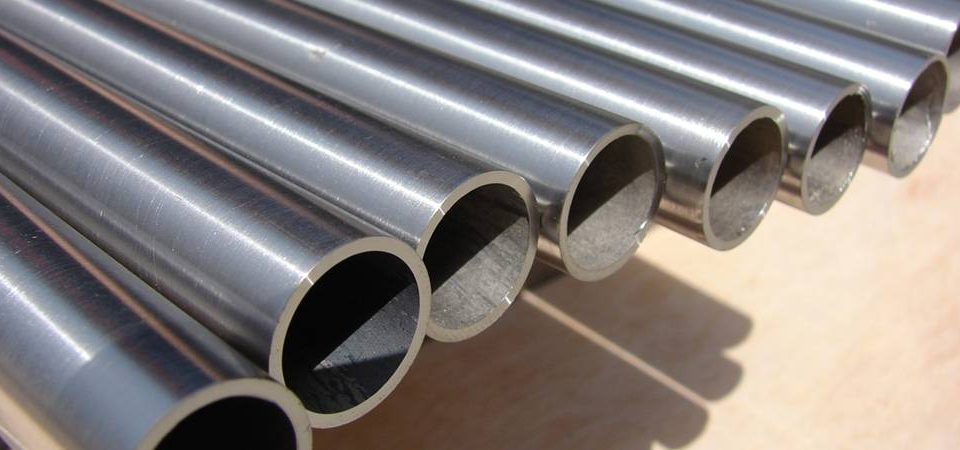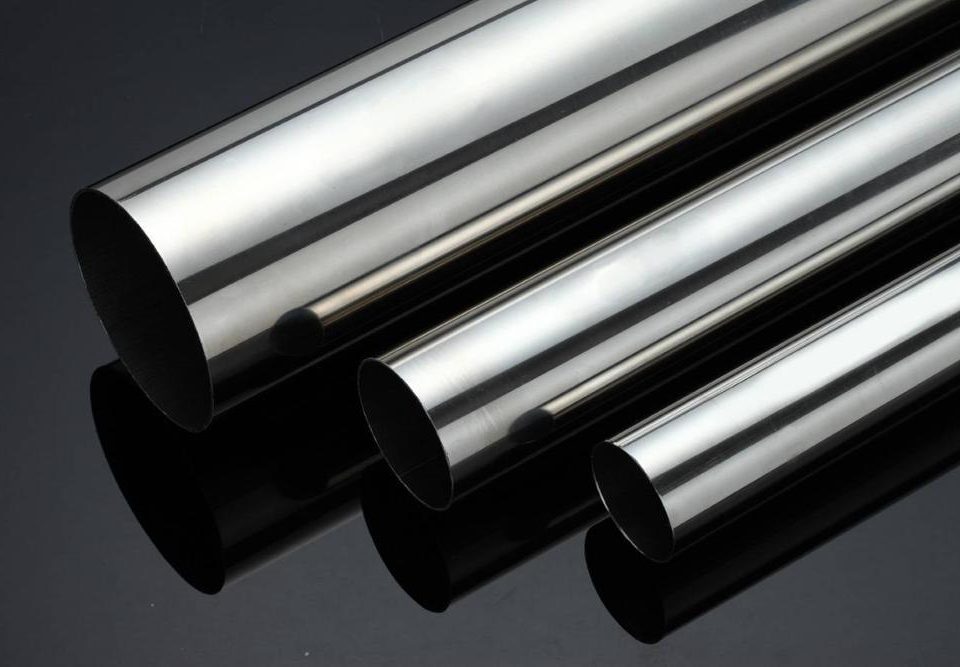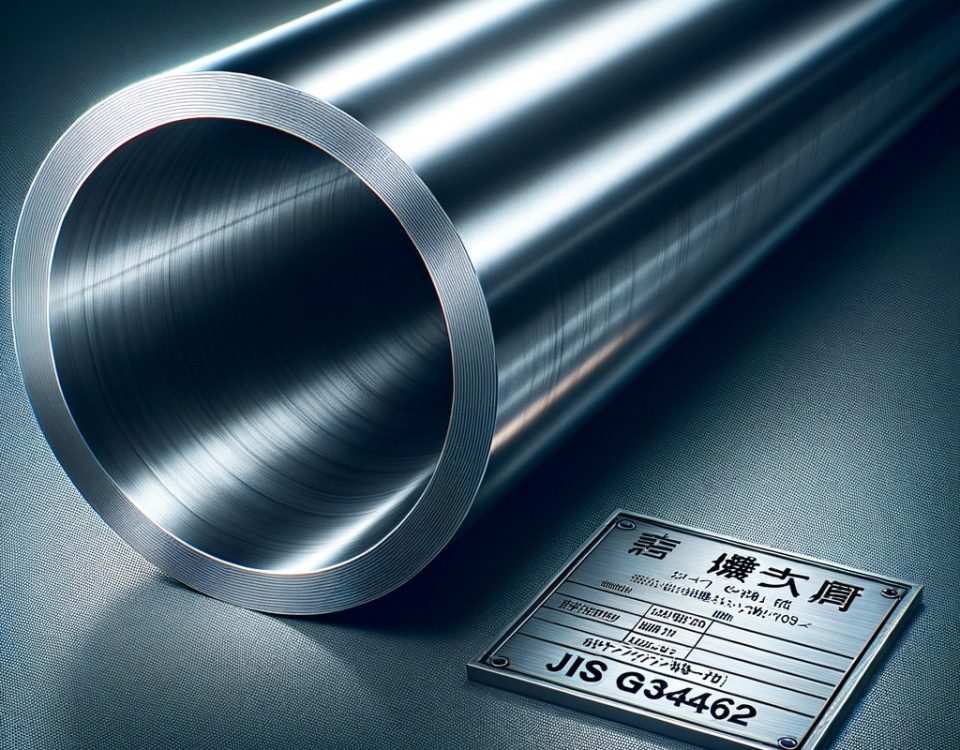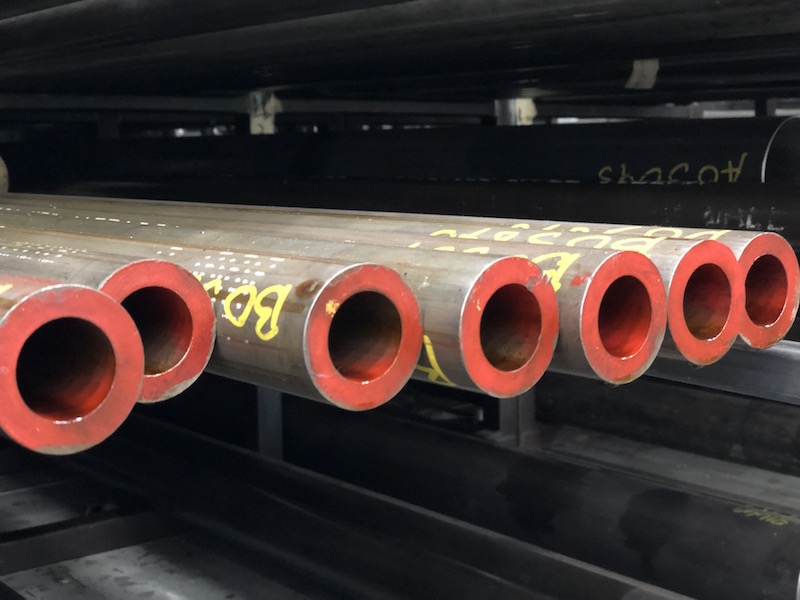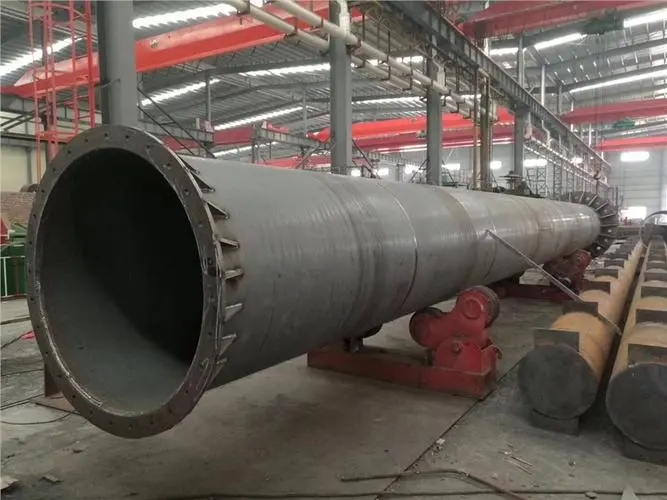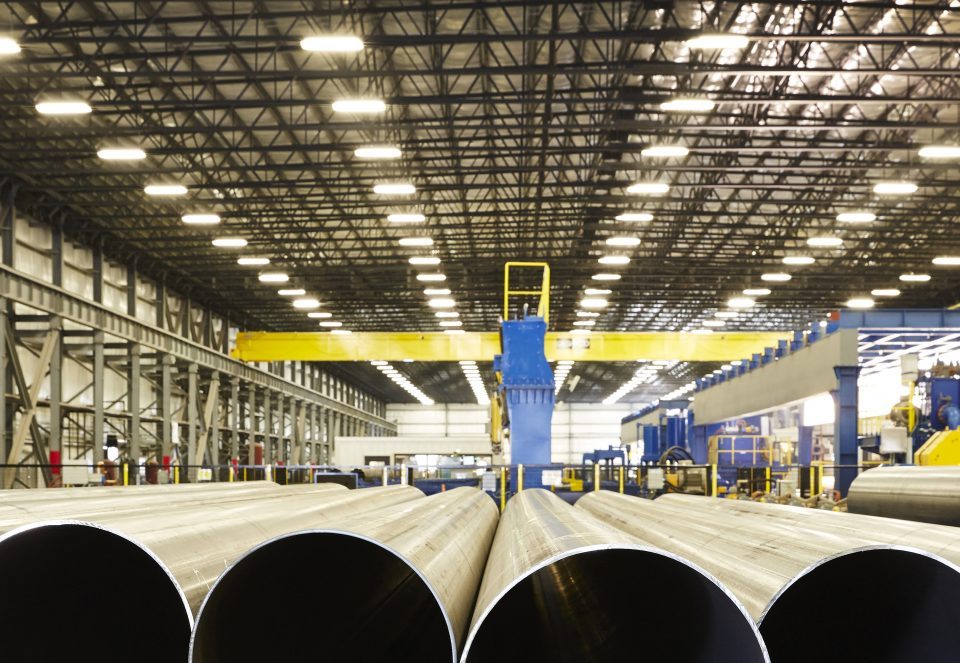Various common terms about steel
October 20, 2021The difference between ERW, SSAW, LSAW
November 2, 2021Production process of 45# seamless steel pipe
The production process of 45# seamless steel pipe includes billet preparation before rolling, pipe billet heating, piercing, rolling, sizing and reduction, steel pipe cooling, steel pipe cutting head and tail, segmentation, straightening, flaw detection, manual inspection, and printing. , Bundle packaging and other basic processes. Nowadays, there are generally three main deformation processes in the production of hot-rolled seamless steel pipes: piercing, pipe rolling, and sizing and reducing. The respective process objectives and requirements are as follows.
1 perforation
Perforation is to pierce a solid tube into a hollow capillary. The equipment is called a piercing machine: The requirements for the piercing process are:
(1) Ensure that the wall thickness of the capillary that passes through is uniform, the ovality is small, and the geometrical size accuracy is high;
(2) The inner and outer surface of the capillary tube is relatively smooth, and there must be no defects such as scars, folds, cracks, etc.;
(3) There must be corresponding piercing speed and rolling cycle to adapt to the production rhythm of the whole unit, so that the final rolling temperature of the capillary tube can meet the requirements of the tube rolling mill.
2 Rolled tube
The rolled tube is to press the perforated thick-walled capillary tube into a thin-walled waste tube to achieve the required thermal size and uniformity of the finished tube. That is, the wall thickness of the waste pipe in this process is determined according to the reduction amount of the subsequent process and the empirical formula to process the wall thickness. This equipment is called a pipe rolling mill. The requirements for the tube rolling process are: (1) When the thick-walled capillary tube is turned into a thin-walled waste tube (reduced wall extension), it is first necessary to ensure that the waste tube has a higher wall thickness uniformity;
(2) The waste pipe has good internal and external surface quality. The selection of the tube mill and the reasonable matching of its deformation with the piercing process are the key to determining the quality, output and technical and economic indicators of the unit.
3 Fixed diameter reduction (including tension reduction)
The main function of sizing and reducing is to eliminate the difference in the outer diameter of the waste pipe caused by the previous process of rolling, so as to improve the outer diameter accuracy and roundness of the hot-rolled finished pipe. Diameter reduction is to reduce the large pipe diameter to the required size and accuracy. Tension reduction is to reduce the diameter under the action of the front and rear frame tension, and reduce the wall at the same time. The equipment used for sizing and reducing is a sizing (reducing) machine. The requirements for the sizing and reducing process are:
(1) The purpose of sizing is achieved under the conditions of a certain total reduction rate and a smaller single frame reduction rate;
(2) It can realize the task of using one size tube blank to produce multiple specifications of finished tubes;
(3) Further improve the outer surface quality of the steel pipe.
At the end of the 1980s, there was a tendency to abolish the pipe rolling process and only use the process of piercing, adding and reducing diameters to produce seamless steel pipes, referred to as CPS (the English Cross-roll Piercing, Stretch —Reducing abbreviation), and conducted industrial tests at the Tosa plant in South Africa from March 1990 to July 1991, producing steel pipes with an outer diameter of φ33.4~φ179.8mm and a wall thickness of 3.4~25mm. The diameter is 101.6mm. Through practical tests, the quality of this process is acceptable when producing steel pipes with a wall thickness of more than 10mm. However, sizing and tension reduction cannot completely eliminate the spiral line of the perforated capillary when producing steel pipes with a wall thickness of less than 8mm, which affects the appearance quality of the steel pipe. .
45# seamless steel pipe heat treatment process
The current 45# seamless steel pipe surface heat treatment technology is constantly being innovated, and the current technology has developed more and more skilled, let’s take a look at several methods of 45# seamless steel pipe treatment.
1. Surface hardening:
The 45# seamless steel pipe is quickly heated by different heat sources. When the surface temperature of the part reaches above the critical point (at this time, the temperature of the 45# seamless pipe core is below the critical point), it is quickly cooled, so that the surface of the 45# seamless pipe The hardened structure is obtained while the heart remains the original structure. The most widely used in industry is induction heating and flame heating surface quenching.
2. Chemical heat treatment:
Place the 45# seamless pipe in a medium containing active elements for heating and heat preservation, so that the active atoms in the medium can penetrate into the surface of the 45# seamless steel pipe or form a covering layer of a certain compound to change the structure and chemical composition of the surface. Make the surface of the part have special mechanical or physical and chemical properties.
3. Contact resistance heating and quenching:
A voltage of less than 5 volts is applied to the 45# seamless tube through the electrode, and a large current flows at the contact between the electrode and the 45# seamless tube, and a large amount of resistance heat is generated, so that the surface of the 45# seamless tube is heated to After quenching the temperature, the electrode is removed, and the heat is transferred into the 45# seamless tube and the surface is cooled rapidly to achieve the purpose of quenching.
4. Electrolytic heating quenching:
Place the 45# seamless steel pipe in the electrolyte of acid, alkali or salt aqueous solution, connect the 45# seamless pipe to the cathode, and the electrolytic cell to the anode. After the direct current is connected, the electrolyte is electrolyzed, oxygen is released on the anode, and hydrogen is released on the 45# seamless tube. Hydrogen surrounds the 45# seamless pipe to form a gas film, which becomes a resistor body and generates heat. The surface of the 45# seamless steel pipe is quickly heated to the quenching temperature, and then the power is turned off. The gas film disappears immediately, and the electrolyte becomes the quenching medium, so that The surface of 45# seamless pipe is rapidly cooled and hardened.
5. Laser heat treatment:
The application research of laser in heat treatment began in the early 1970s, and then entered the production application stage from the laboratory research stage. When the focused high-energy density (10W/cm) laser irradiates the metal surface, the metal surface rises to the quenching temperature within a few hundredths of a second or even a few thousandths of a second.
The above heat treatment technologies are all relatively advanced technologies, and have greatly improved the performance requirements of 45# seamless steel pipes. The current development of the 45# seamless steel pipe market is getting better and better. I believe that the follow-up 45# The market for seam steel pipes will be even broader.



